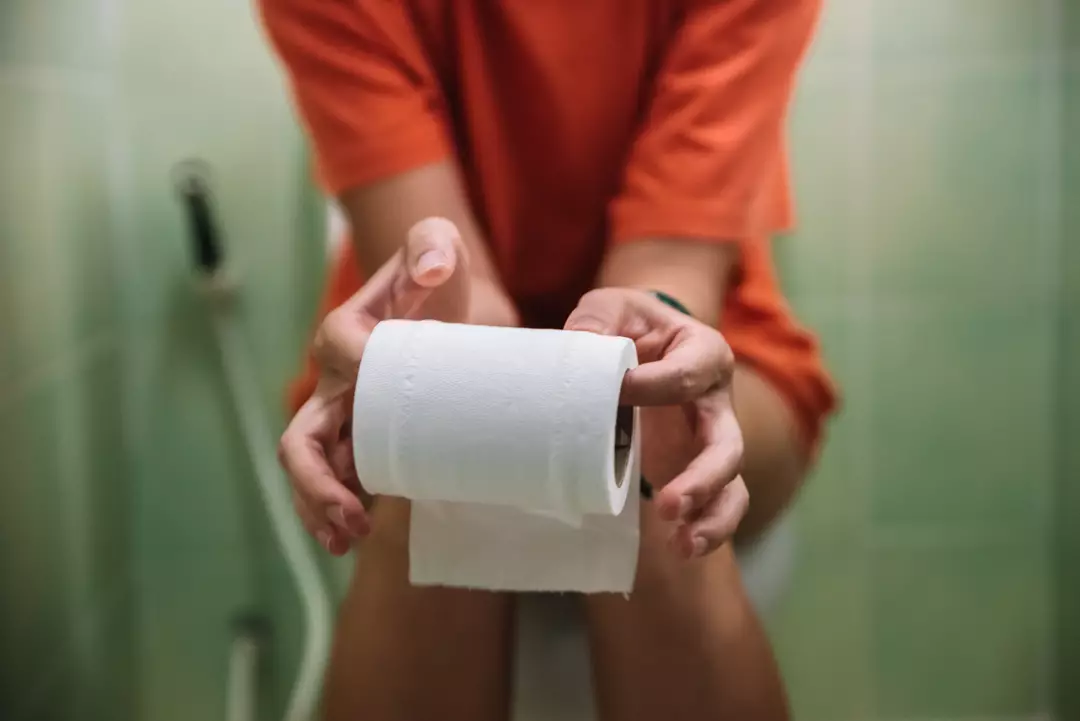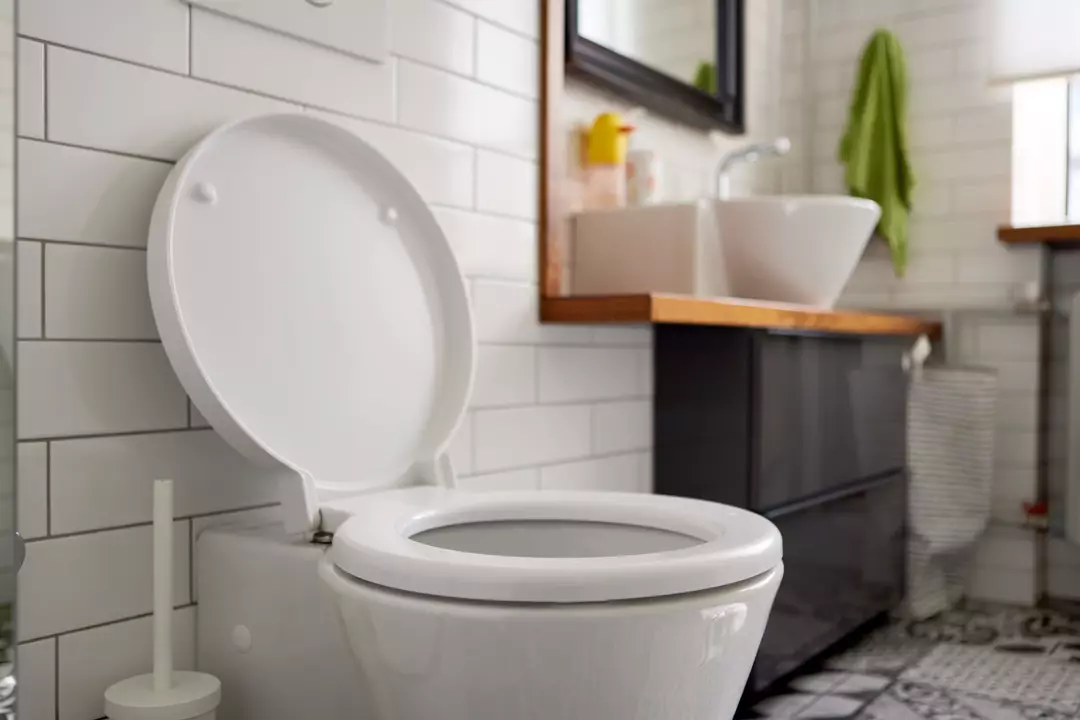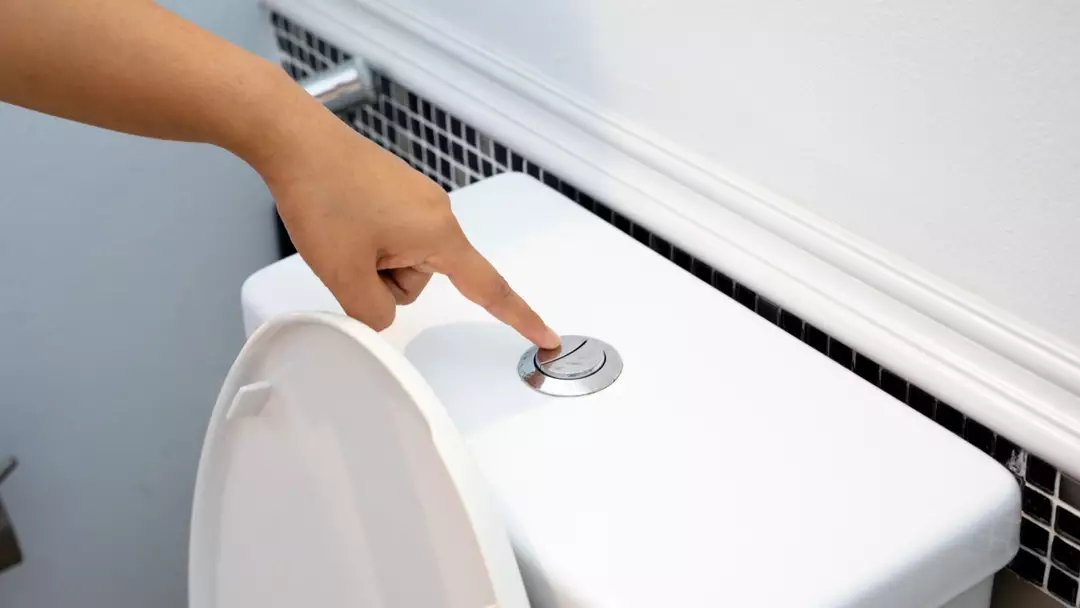We’ve all faced it at some point, even if we’re reluctant to confess – you conclude your time in the bathroom, flush, and yet there’s a persistent brown mark left behind on the toilet bowl.
No matter how much you flush, hoping it will disappear, the streak remains, forcing you to reluctantly grab the brush and bleach for a thorough clean.
It’s not a task anyone relishes, but thankfully, it doesn’t occur frequently for most.
However, an expert has revealed that if you regularly notice you’re leaving a ‘mudslide’ in the bowl, it might indicate an issue with your bowel health.
In fact, there are several reasons this could occur, but Bryn DeSantis, a certified nurse practitioner with expertise in digestive disorders, notes that there are steps you can take to address it.

The food we consume plays a significant role in what ultimately appears in the toilet.
A diet high in fats can result in more of it appearing in your stool, leading to noticeable streaks.
DeSantis explains: “Fatty stools tend to be pale, loose and buoyant — they often float.”
If this sounds familiar, reviewing your diet and reducing items like deep-fried foods might be beneficial.
While no one is thrilled by the idea of mucus-filled stool, it could be a signal of underlying bowel issues.
“Sticky stool with visible mucus is very common in people with irritable bowel syndrome or IBS,” DeSantis advises.
This could also indicate conditions such as lactose intolerance, hemorrhoids, or cystic fibrosis. If you have concerns, consulting a healthcare professional is advisable.

In some cases, sticky stool may indicate a more serious issue. For instance, if your stool appears black and tarry, it could signal internal bleeding.
DeSantis mentions: “Bleeding in the upper GI tract can lead to stools with a tar-like color and consistency, as well as a stronger odor.”
This could point to an ulcer, so if you notice this, seeking medical advice is recommended.
This ties into the issue of fatty stool.
The pancreas is crucial for fat digestion, so if you encounter fatty stool without a high-fat diet, it could signal pancreatic issues.
“People with pancreatic insufficiency don’t make enough digestive enzymes to break down fats and other essential nutrients from foods,” DeSantis explains. “The stool is often yellow and may cling to the toilet bowl, leaving a yellow stain.”

If cleaning the bowl is a rare necessity after using the toilet, DeSantis suggests it’s likely not a major concern.
However, if it happens often, it could be worth investigating.
A visit to the doctor might involve various tests to identify any issues and their causes.
Stool tests are common in such situations, as well as blood tests and imaging scans.
In case of more serious concerns, including potential cancer, doctors might recommend a colonoscopy for further examination.
Lastly, a biopsy might be conducted to analyze tissue samples.

